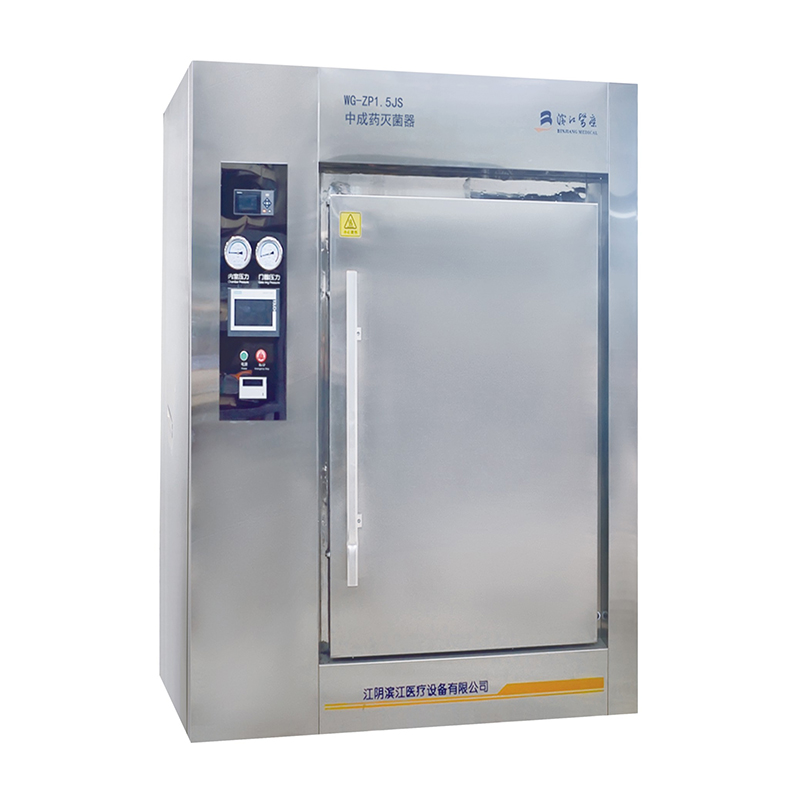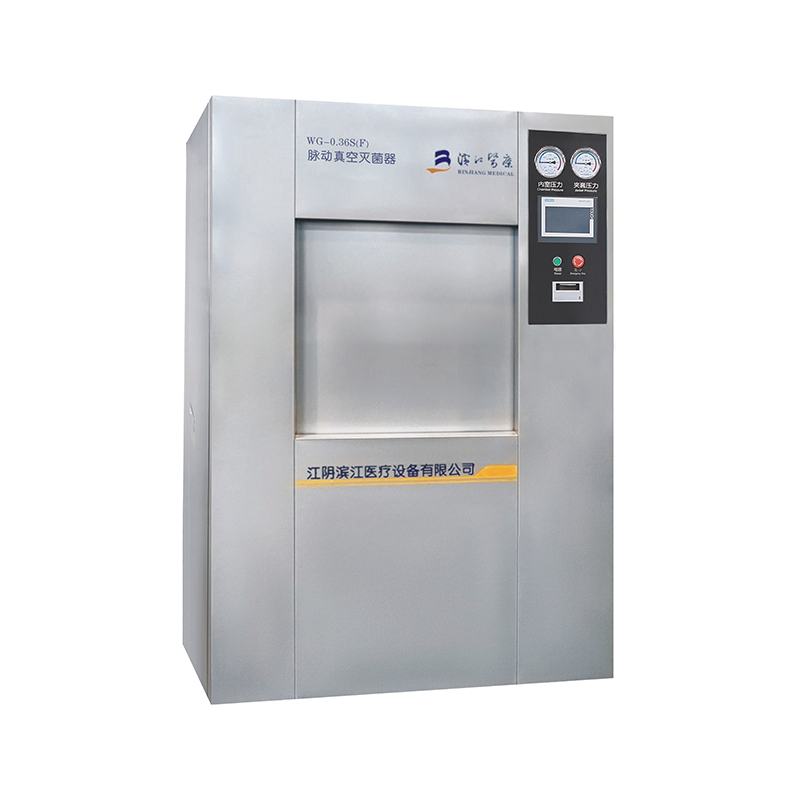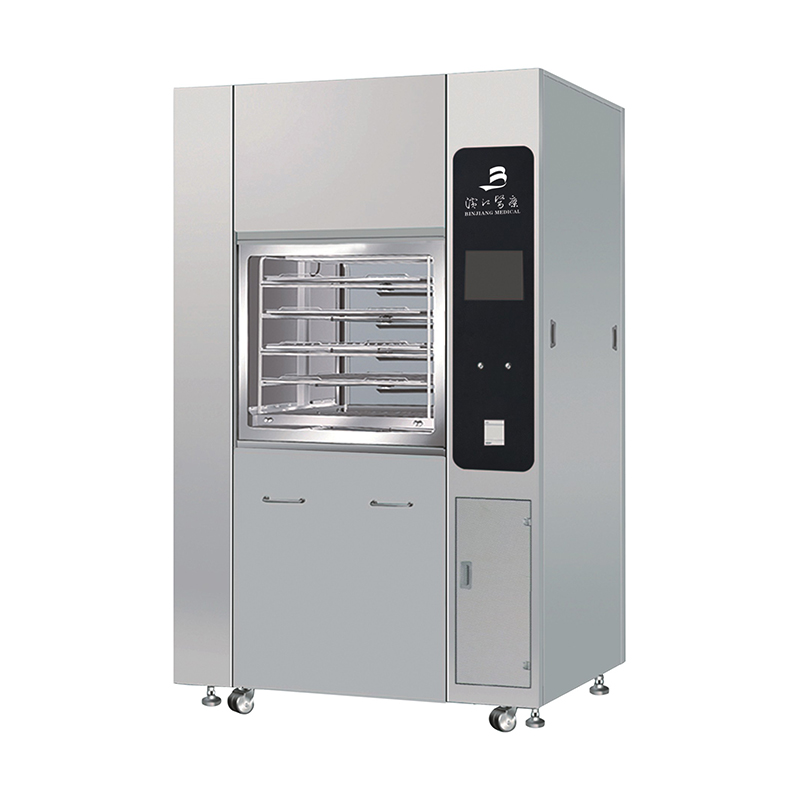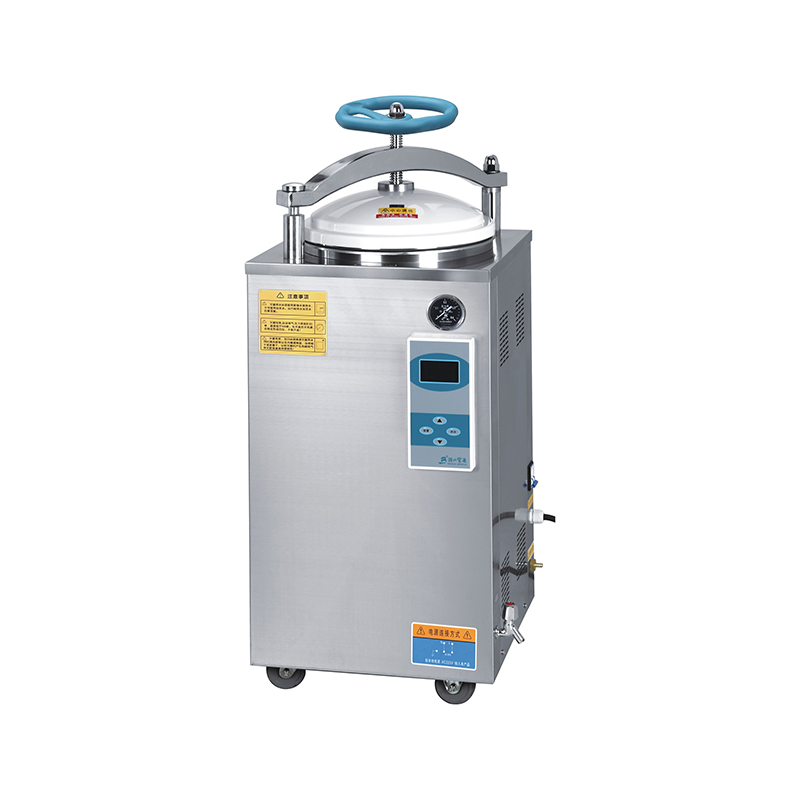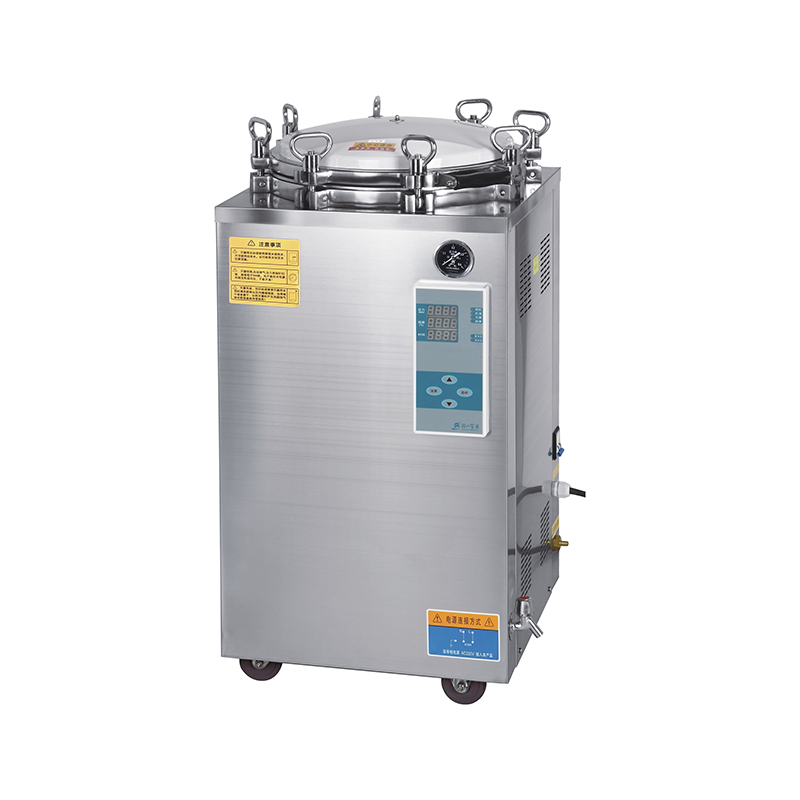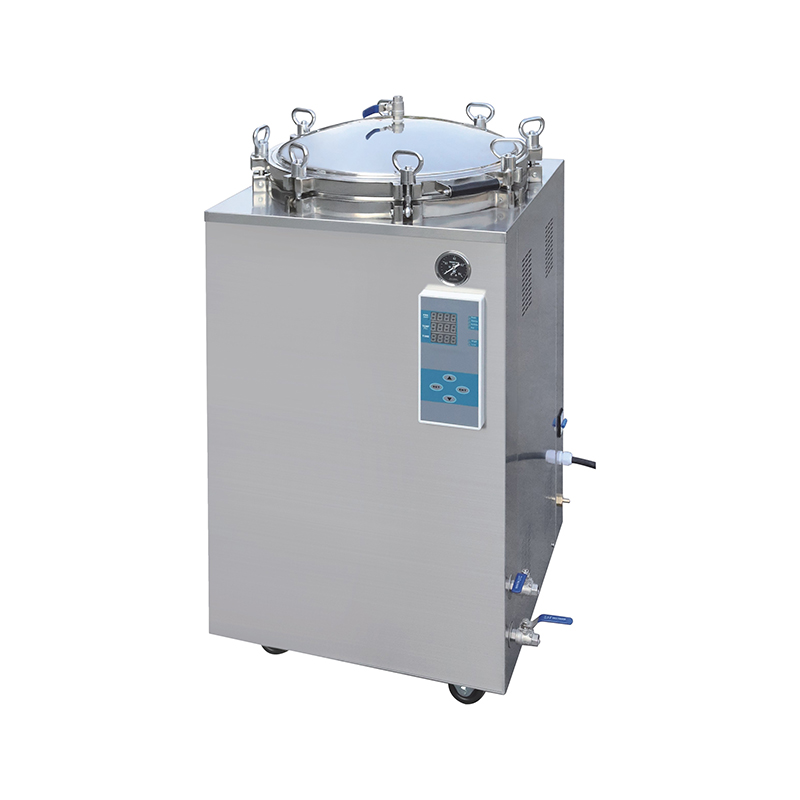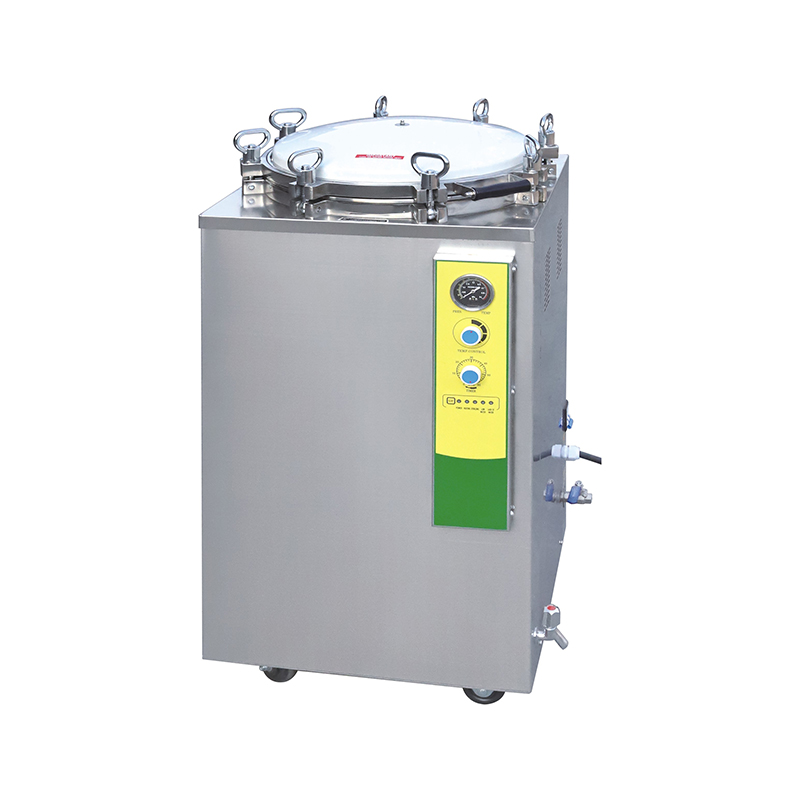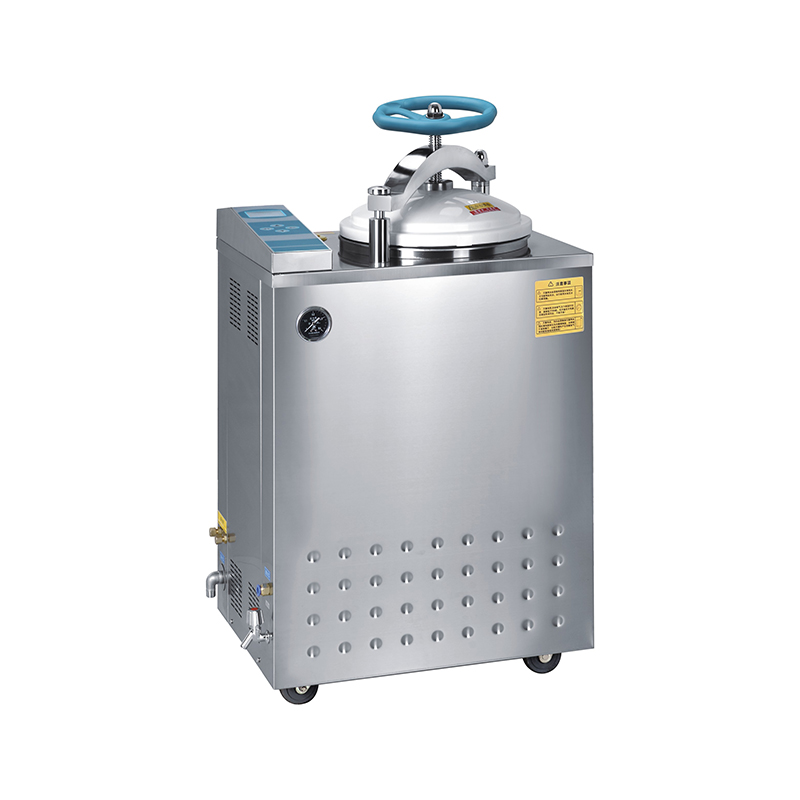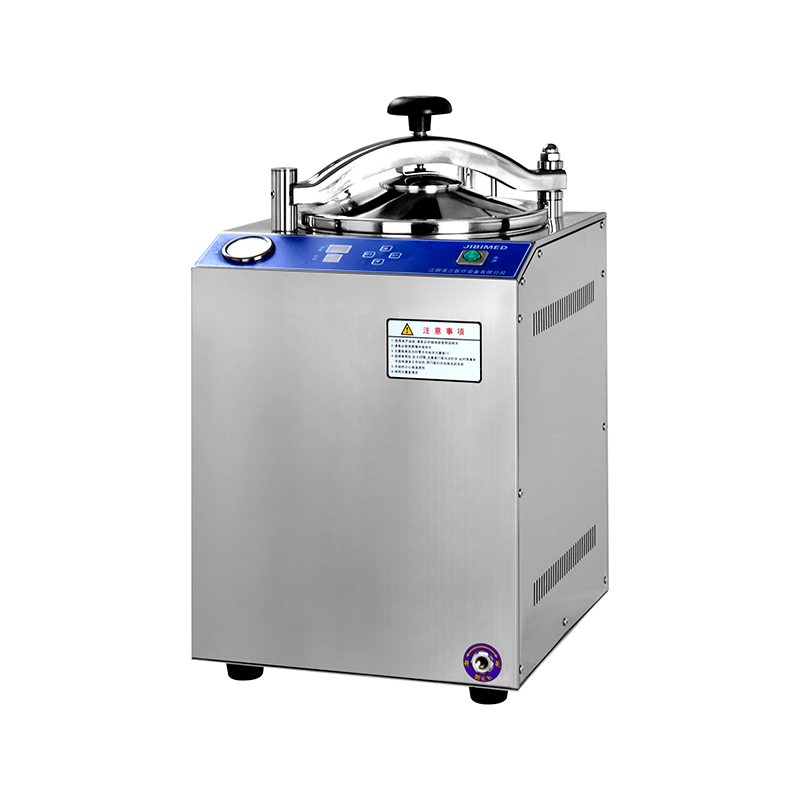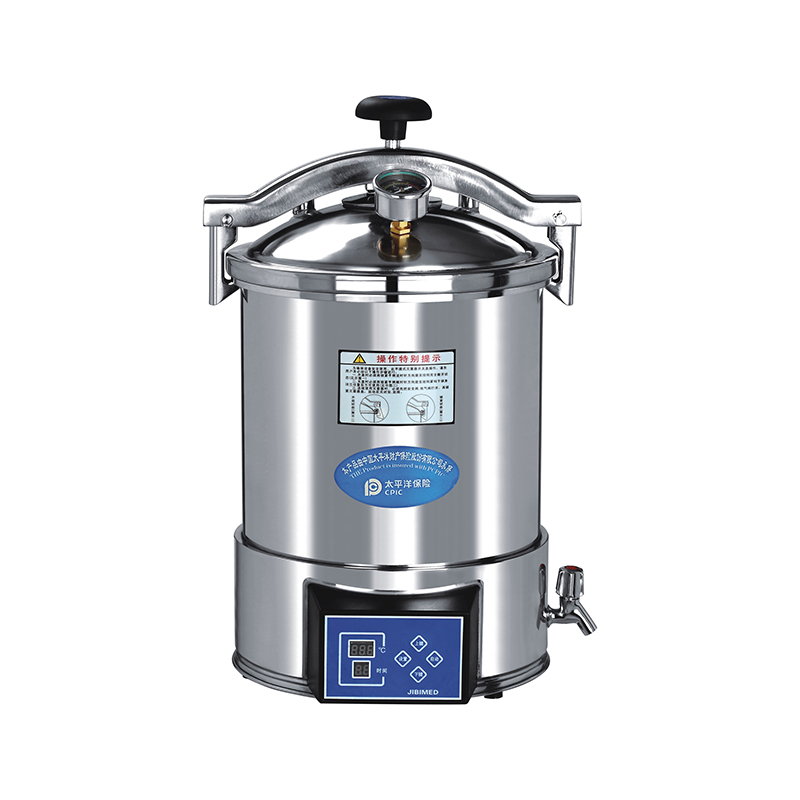The Effects of Sterilization on Food Nutrition Quality
Posted by Admin | 28 Oct
Food used Table Top Steam Sterilizer plays a vital role in food safety, but it also raises important questions about the nutritional quality of the products being processed. As food manufacturers employ methods like steam sterilization to eliminate harmful microorganisms, it’s essential to understand how these processes affect the vitamins, minerals, and overall nutritional profile of various food products. The dynamic interplay between heat, time, and food composition can yield surprising insights into the preservation of food’s nutritional integrity.
During the sterilization process, high temperatures are used to destroy pathogens and extend shelf life, but this can also lead to nutrient loss. Water-soluble vitamins, such as vitamin C and several B vitamins, are particularly susceptible to heat and can degrade significantly during sterilization. For instance, a study has shown that steam sterilization can reduce vitamin C levels in fruits and vegetables by up to 50%. This nutrient loss is often exacerbated by the duration of the sterilization process; longer exposure times can further compromise these sensitive vitamins. Understanding these dynamics can help food processors optimize their methods to preserve more nutrients while still ensuring safety.
On the other hand, some nutrients, particularly those that are heat-stable, may be enhanced through the sterilization process. For example, certain antioxidants can become more bioavailable when subjected to heat. This phenomenon is particularly evident in foods like tomatoes, where the heat from processing can increase the levels of lycopene, a powerful antioxidant associated with numerous health benefits. Therefore, while some nutrients may be diminished, others can flourish, showcasing the complexity of the nutritional landscape post-sterilization.
Moreover, the type of food being sterilized plays a crucial role in how the sterilization process impacts nutritional quality. For instance, whole fruits and vegetables may experience different nutrient loss compared to processed foods like soups or sauces. In liquids, the nutrients that leach out during the cooking process can remain in the final product, potentially mitigating the losses observed in solid foods. Similarly, fortified foods may maintain their nutritional value better, as added vitamins and minerals are often more stable during the sterilization process.
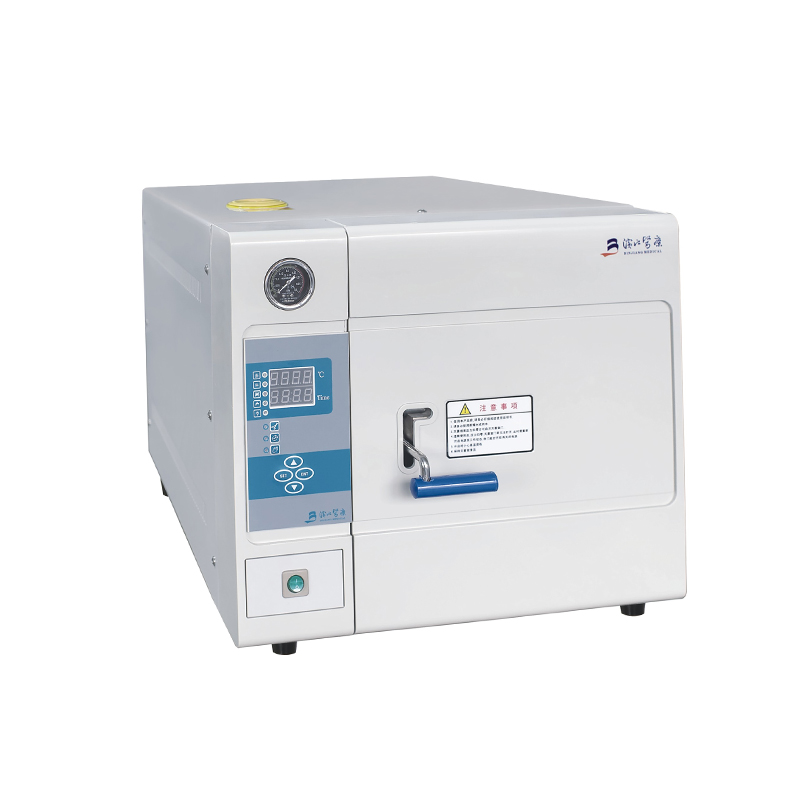
To maximize nutritional retention, food processors are continually researching innovative sterilization techniques and strategies. For instance, some methods involve shorter exposure times or lower temperatures to minimize nutrient degradation while still ensuring food safety. Additionally, the use of vacuum packaging prior to sterilization can help reduce oxygen exposure, which further preserves nutrient quality. These advancements reflect an ongoing commitment within the food industry to balance safety and nutrition effectively.
The sterilization process significantly impacts the nutritional quality of food products, presenting both challenges and opportunities. While certain vitamins may be compromised under high heat, others can become more available, creating a complex relationship between sterilization and nutrition. As the food industry evolves, understanding these dynamics will be crucial in developing methods that not only ensure safety but also prioritize the nutritional integrity of the foods we consume.


 English
English русский
русский Français
Français Español
Español bahasa Indonesia
bahasa Indonesia Deutsch
Deutsch عربى
عربى 中文简体
中文简体




